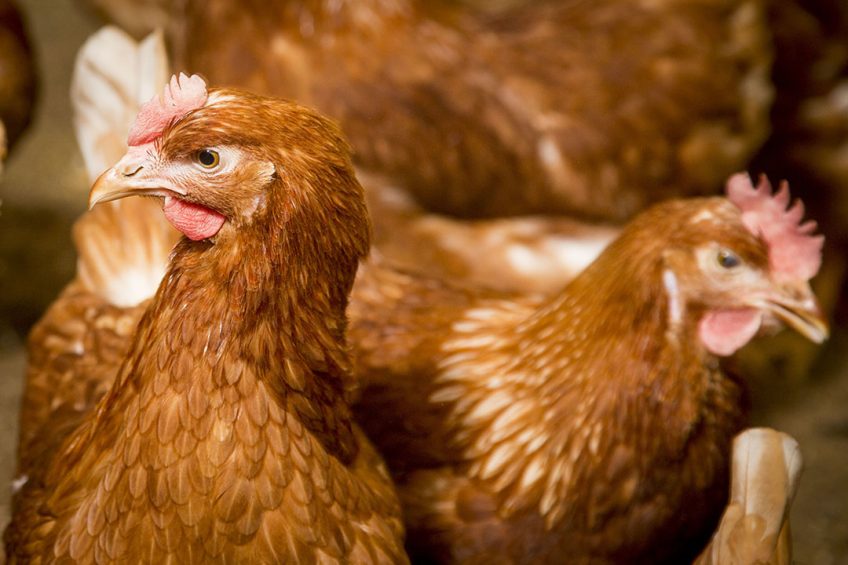What role for the dual-purpose chicken?

Scientists have been looking to see if a dual-purpose chicken can in the future provide a viable alternative to conventional chicken breeds.
The three and a half year study, which ended in March, was established in the wake of threats by the Germany Federal Agriculture Ministry to make the culling of day-old male chicks and to improve bird welfare by reducing their stress and slowing down their performance.
In Germany, around 45 million male chicks are gassed or shredded every year. The shredding of chicks was expected to be completely banned by the end of 2017 but the Federal Ministry decided to invest € 6.5m in developing methods to determine the chicken’s sex while it is still an embryo.
Seleggt process
Last November, the German Agriculture Minister Julia Klockner reported an endocrine procedure capable of determining gender had been established. The process known as “Seleggt” involves a tiny hole being burnt into the egg’s shell, following which a small amount of liquid is removed. This determines the sex of the chick with 98% certainty.
Eggs that underwent the Seleggt process are currently available in 223 REWE Group supermarket stores. But there is concern among farming organisations that while the technology might be present, the market is not ready.
Florian Anthes, Germany Poultry Association spokesperson, told German media this week: “The question is not whether but when technologies for determining gender will be able to establish themselves on the market.”
Dual-purpose study
The dual-purpose study was conducted both experimentally and in the field at the Ruthe teaching and research facility of the University of Veterinary Medicine Hannover.
Hens of the dual-purpose “Lohmann Dual” breed were used for egg production and the males for meat production.
Results
Dual-purpose birds tended to lay around 250 eggs a year, a reduction of 50 compared to conventional layers. Scientists examined 3,000 eggs and while finding differences they were very small overall.
Dual-use cockerels grew considerably more slowly than conventional birds, which were fattened for 32 days and slaughtered at 2kg. The two-use cockerel needed to be kept for twice a long to reach the slaughter weight.
Researchers found the hens and cockerels of the two-use hens were much calmer and easier to handle than the control animals of a conventional laying hen line, and the cockerels of the dual-use line were significantly more mobile than conventional layers.
Consumer perception
It was noticeable that the hens of the dual-purpose line had almost intact plumages until the end of their respective laying period. Birds from the comparison line showed in part considerable feather losses at different body regions, due to feather pecking.
The study included a look at consumer perception of dual-purpose hens. In a Germany-wide online survey,1,500 people were interviewed. About 25% of respondents said they were ready to spend more on eggs, while 16% said they could imagine buying dual-purpose chicken meat.
Other results found:
- Cocks of the dual-purpose hens have a lower protein requirement compared to the comparison line, so that the dual-purpose cockerels can be compared to the conventional feed, a protein-reduced feed can be used without negatively affecting performance, providing ecological and economic benefits.
- After a controlled experimental Gumboro virus infection of the chickens, the dual-purpose birds showed less clinical symptoms and they recovered faster from organ changes.
- Animal losses in three fattening phases with an average of 2,000 birds found that in the first round (fattened for 75 days) losses were 1.5%. In the second round, cocks were fattened for 63 days and there was a mortality rate of 1.2%. The third found (64 days) saw a loss rate of 1.7%. The mortality rates of the comparison line Lohmann Brown Plus (the cocks of a conventional laying hen line) were significantly higher at 1.7-2.8% for the same fattening period.
- Pullets, hens and roosters were kept together in the project and husbandry on farm was described as “easy”, which could be confirmed by a continuous sampling and further investigation in the laboratory.
Check out the Poultry Worldinteractive health tool












